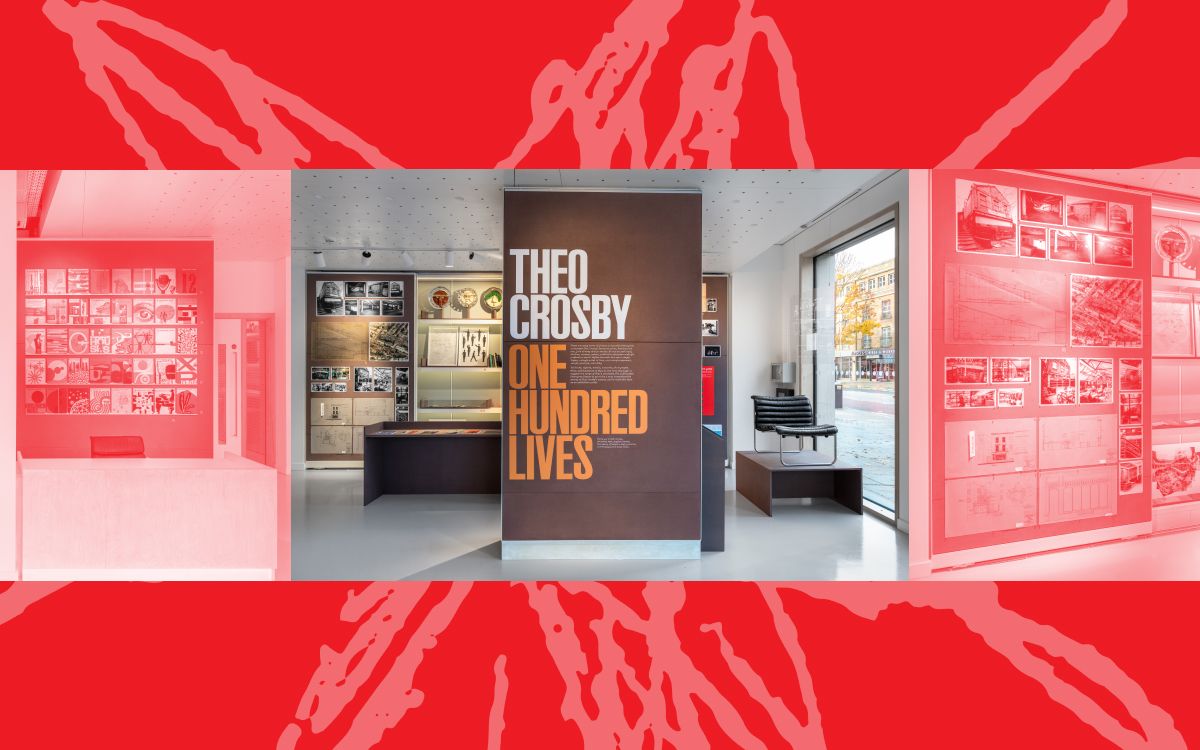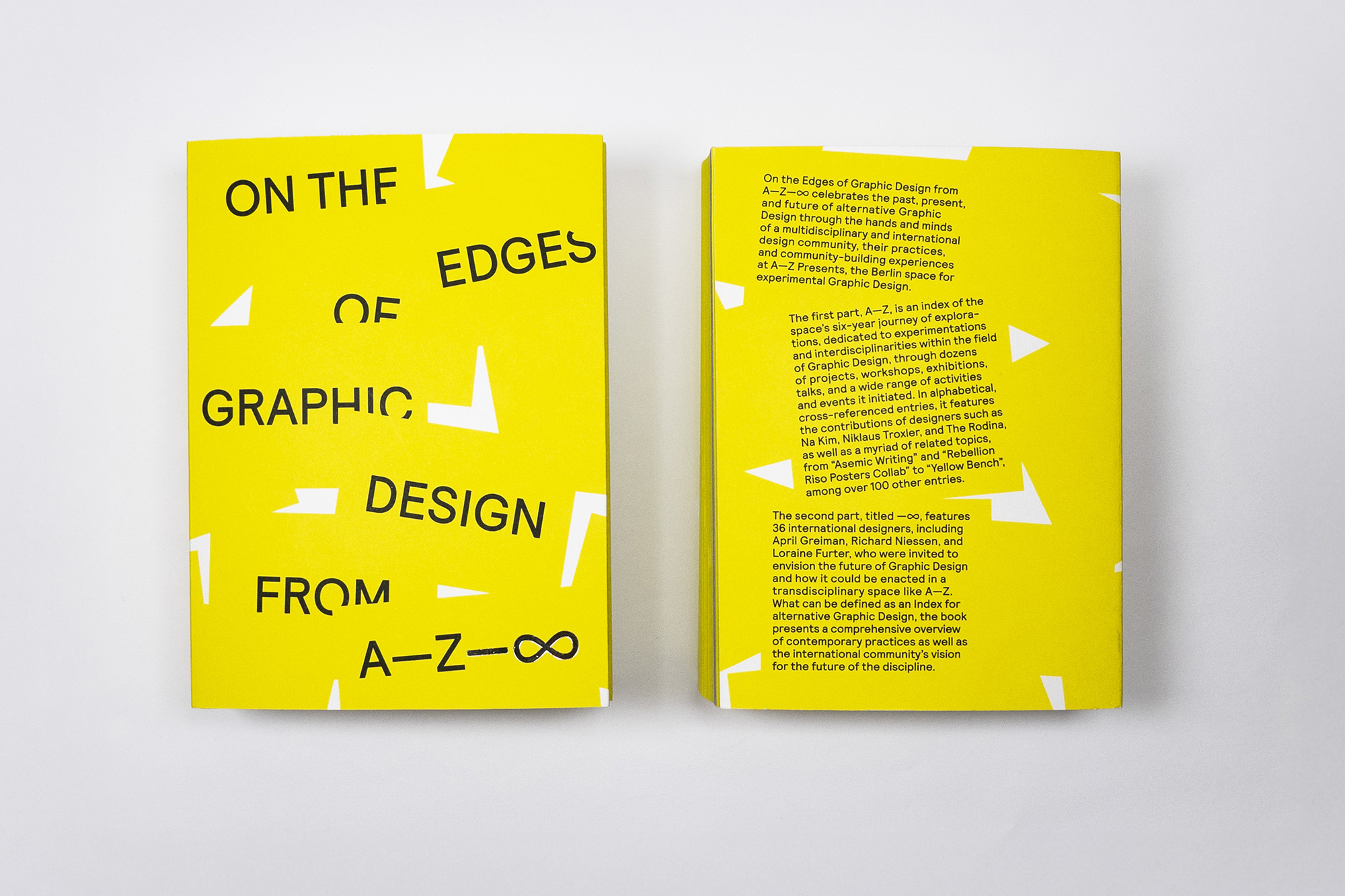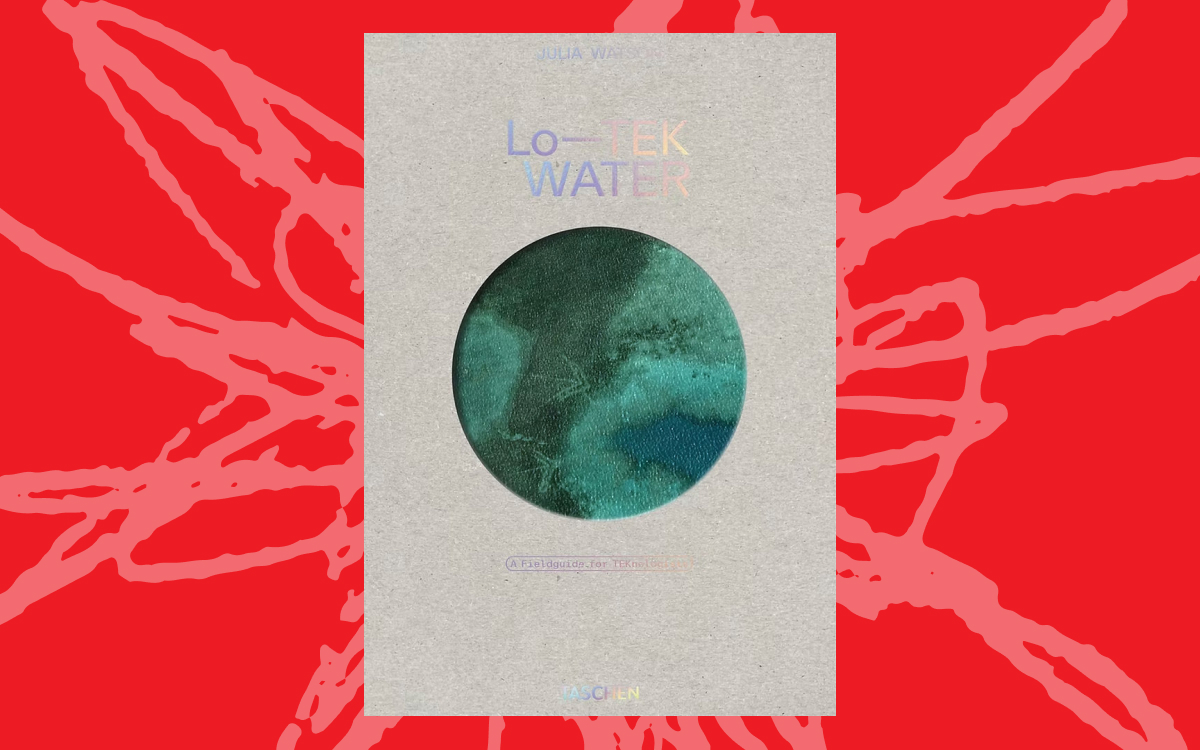EDITOR’S NOTE: Scratching the Surface is excited to be transitioning our membership program from Patreon to Substack. For just [$5/month or $50/year](http://surfacepodcast.substack.com, you can help support the ongoing production of the show and editorial platform. Our monthly newsletter will continue to be free but paid subscribers will get bonus interviews each month. To celebrate the launch of our new paid Substack, we’re re-releasing this 2022 interview with Louise Sandhaus about the goals of The People’s Graphic Design Archive. I hope you enjoy it and hope you consider supporting our work!
Louise Sandhaus was an early guest on the show. We talked shortly after the release of her book on California design, Earthquakes, Mudslides, Fires & Riots, but she’s been extremely busy in the years since that conversation. Most notably, Sandhaus has launched The People’s Graphic Design Archive, an open crowdsourced archive of graphic design with Briar Levitt and Brockett Horne. In this conversation, Louise tells us the history of the archive and her thoughts on design history.
Tell me about the origins of the People’s Graphic Design Archive.
In 2014, the Los Angeles County Museum of Art had just started collecting design and had put together a gathering of design historians, curators, and archivists to discuss issues around collecting and exhibiting design. As I listened to the conversation, it dawned on me that the museum would likely collect only known works and that they might not emphasize works from Los Angeles or even California—which was my concern and interest at the time (Still is!). Even though the curators at LACMA are amazing, there was only so much research they could do. Having just completed the research for Earthquakes, Mudslides, Fires & Riots: California and Graphic Design, 1936–1986 — which was then at press — I was anxious about what would happen to all the research that didn’t make it into the book. I pictured it languishing in dusty file folders and rusting drives.
It dawned on me that a crowd-sourced effort would be needed to bring missing history to light and preserve it—at least through digital means. It wouldn’t be perfect, but at least there would be a record of the work. Ultimately, it would mean we’d have a much more expansive idea of what graphic design history looks like and includes.
This story is exclusive to Substack subscribers.
Already a supporter? Click here to read the entire story.




